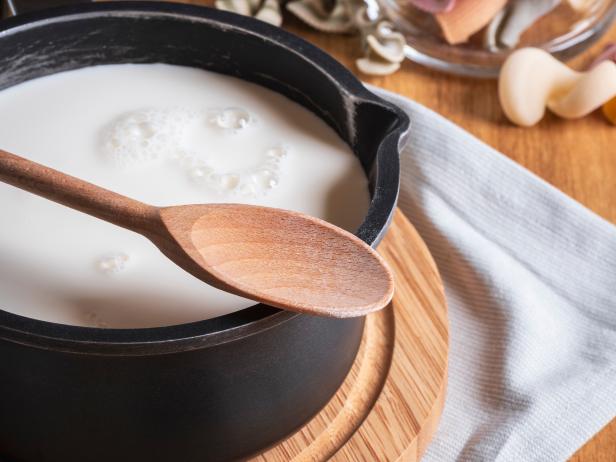Mastering the Art of Scalding Milk: A Step-by-Step Guide
Scalding milk is a culinary technique that has been used for generations to enhance the flavor and texture of various dishes. Whether you're a seasoned chef or a novice in the kitchen, learning how to scald milk can elevate your cooking to new heights. In this comprehensive guide, we'll explore what scalding milk entails and provide you with easy-to-follow steps to achieve perfect results every time.
What is Scalding Milk?
Scalding milk involves heating it to just below its boiling point. This process serves several purposes:

how do you scald milk
- Sterilization: Scalding milk kills any potentially harmful bacteria present in the liquid, making it safer to consume.
- Texture Enhancement: Scalding alters the protein structure of milk, resulting in a smoother and creamier texture when incorporated into recipes.
- Flavor Infusion: Heating milk releases subtle flavors that can enhance the overall taste of dishes like custards, puddings, and sauces.
How to Scald Milk: Step-by-Step Guide
Follow these simple steps to scald milk like a pro:
-
Choose the Right Equipment: Use a heavy-bottomed saucepan to prevent scorching and ensure even heating.
-
Measure the Milk: Pour the desired amount of milk into the saucepan. It's important not to overcrowd the pan to allow for proper heat distribution.
-
Heat the Milk: Place the saucepan over medium heat and gradually warm the milk, stirring occasionally to prevent sticking. Keep a close eye on the milk to avoid boiling.
-
Monitor the Temperature: Use a kitchen thermometer to gauge the temperature of the milk. Scalding occurs when the milk reaches approximately 180°F (82°C). Small bubbles will start forming around the edges of the pan, indicating that the milk is nearing scalding temperature.
-
Remove from Heat: Once the milk reaches the desired temperature, immediately remove the saucepan from the heat source to prevent it from boiling.
-
Cool and Use: Allow the scalded milk to cool slightly before incorporating it into your recipe. Use it as directed in custards, puddings, baked goods, or any other dishes that call for scalded milk.

how do you scald milk
Tips for Success
- Watch Closely: Milk can quickly go from scalded to scorched if left unattended, so keep a close watch during the heating process.
- Stir Frequently: Stirring the milk prevents it from forming a skin on the surface and ensures uniform heating.
- Use Fresh Milk: For the best results, use fresh, high-quality milk free from any off-flavors or odors.
Conclusion
Mastering the art of scalding milk is a valuable skill that can enhance the flavor and texture of your culinary creations. By following this step-by-step guide and incorporating scalded milk into your recipes, you'll elevate your cooking to new heights and delight your taste buds with creamy, indulgent dishes. Whether you're making custards, puddings, or sauces, scalding milk is sure to take your culinary creations to the next level.